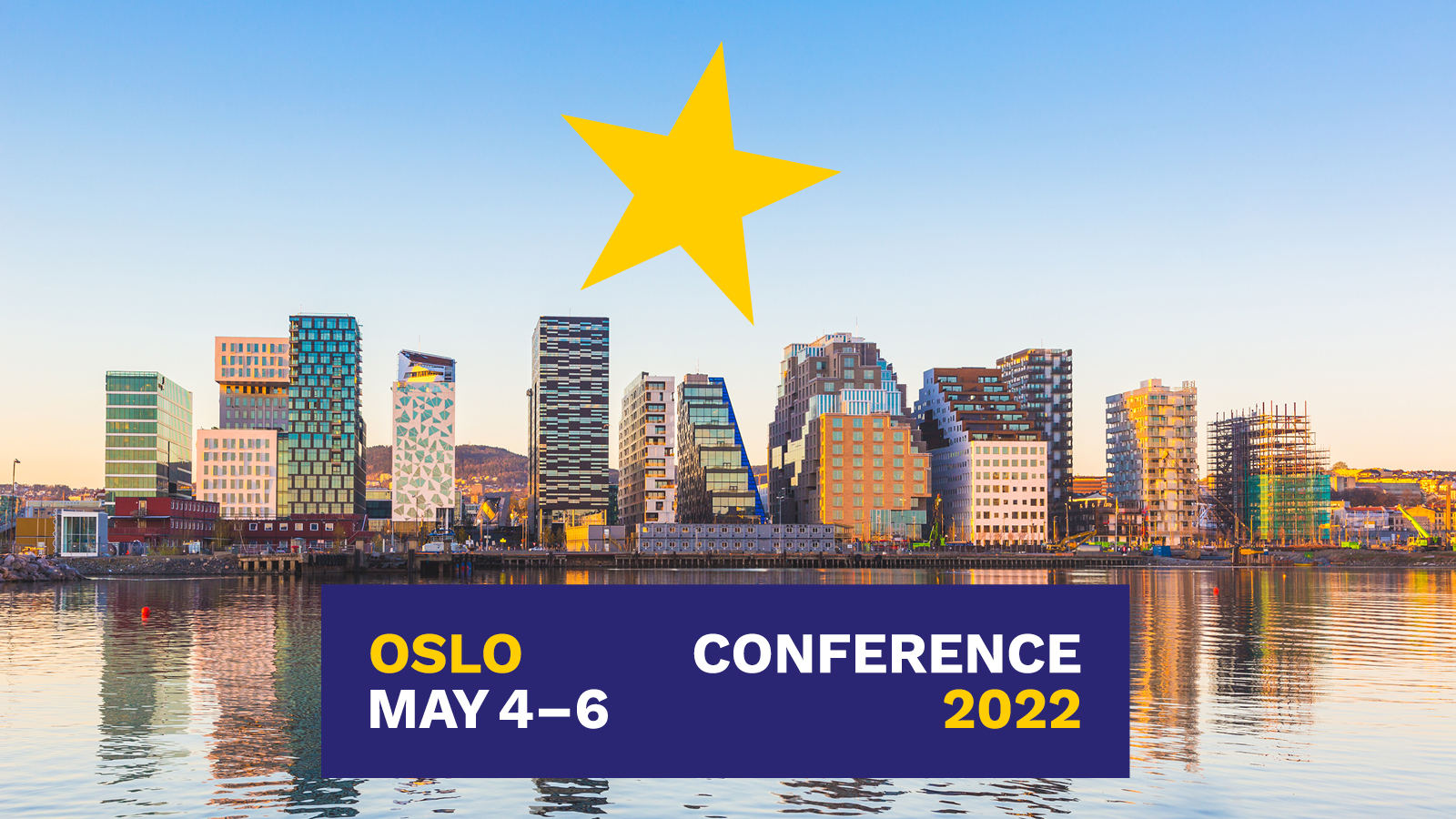GraINN Cluster
Bottoms up – grassroot initiative?
Conference
Format: Oral 30 Minutes
Topic: Organising Support Services & Team Building
Session: ONE7 - Support Services & Team Building: Sessions by Kallager, Davidson, Rishovd; Roininen et al
Friday 6 May 12:45 p.m. - 1:45 p.m. (UTC)
Abstract
Inland Norway University for Applied Sciences was formed in 2017 as a result of the fusion of two regional Universities of Applied Science in the Inland Region of South-East Norway. The Region is the size of Denmark and has a population of approx. 370 000 people. The campuses are distributed across the region with a driving distance of up to four hours from one campus to another. All campuses were originally district colleges before the 1970’s and have their own distinct culture and their own RMAs. The GraINN cluster was formed in order to meet the challenges of widespread campuses, different cultures and fragmented RMA-resources. It was led by a grassroot-movement of eager RMAs who understood the need for high quality cooperation across faculties and departments.
Barriers and challenges:
We realised that our research administration (RA) teams shared common values in our approach to work practices. However, with no shared platform, set of values or common strategy we soon noted issues with communication. This manifested itself in several ways; poor research applications, disorganised and unpredictable work environments and research activities poorly rooted in strategy.
There was a need for clarity from senior management. The slogan “stronger together’, provided a clear message from our Rector; our intention is to be a unified institution despite our different geographical locations and backgrounds. A new position as Director of Research was created with the backing of senior management. The position was filled by a previous Senior RA, and it is through this hiring the cluster was formed. This has provided an important communication link between RMA and management.
We are collecting data to demonstrate the effectiveness of the cluster both in terms of cost and output. Our new Rector has set clear simple goals for the institution; increase funding, publications and international collaborations. In a little over 18 months several faculties have now secured funding for large scale million + euro projects as lead coordinators - something that hasn’t been achieved for years. Whilst we hesitate to draw a direct correlation, the RA teams report significant benefits from increased support from the GraINN cluster.
Learning outcomes:
Our experiences in developing collaborative work methods are directly scalable to larger initiatives with Norway, Europe and internationally. By using a bottom-up, frontline approach we have learned how to fast track innovative solutions and simplify approval processes for senior management. This approach has not happened in isolation from management but rather provided us with a platform to suggest, discuss and prepare innovative solutions that can be communicated back to management, ensuring consistent impact across the newly formed institution. There may be a tendency to think of ‘multidisciplinary working’ as something that is reserved for researchers, but within our GraINN cluster lies a significant breadth of talent from different backgrounds and subject areas. The GraINN cluster is a truly multidisciplinary initiative with a significant potential to support the institution in its ambition for the future.

